Going for more than a song, Beatles’ desk from Abbey Road
Revolutionary console known as TG1 was saved from the dump and has been rebuilt.
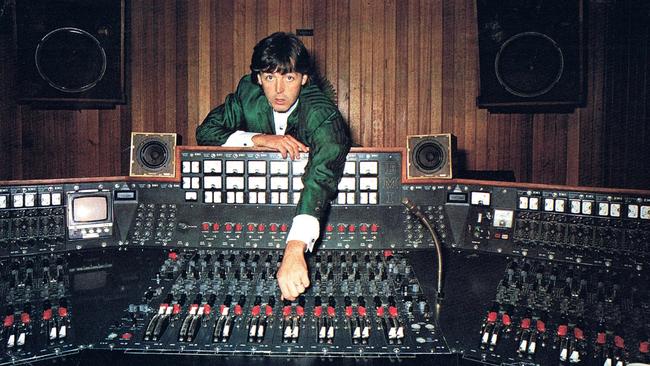
It chronicled the Beatles’ last creative blast in a recording studio, then a large part of it was unceremoniously dumped on a north London street.
Now it is expected to make a fortune for the self-proclaimed geek who spent decades restoring it.
The prototype EMI TG12345 Mk1 console created to cope with the demands of the Fab Four’s musical ambition in the late 1960s has emerged, decades after it became one of the few things members of the increasingly fractious band wanted to take from their final sessions.
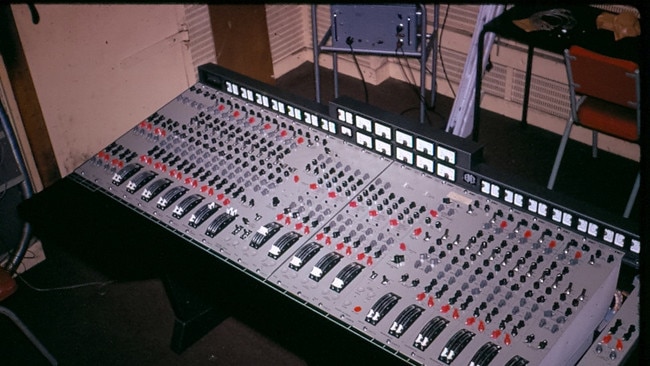
It is set to be sold for upwards of pounds 1 million at a Beatles auction at Bonhams in London.
The revolutionary recording and mixing desk was developed by EMI for the band to record their album Abbey Road, and was later used by each Beatle for solo projects.
The original TG1 was eventually dismantled, with bits dumped in the attic and garage of the Abbey Road studios, while a significant portion of the console was donated to a north London school.
Mike Hedges, a sound engineer and producer who worked at the studios had, however, fallen in love with the sound of the TG.
“There was all this TG stuff piled up, obsolete. Nobody wanted it,” Hedges, 69, told The Times, adding that for a four-figure sum he had been able to buy the “treasure trove” of components from the studio.
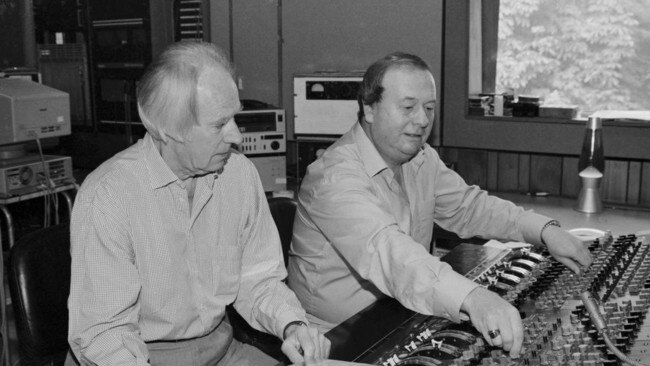
“Everybody called me the TG man. I thought the sound was magical,” he said.
He later discovered that the TG1 had been used for the Abbey Road album and that he now owned a substantial part of it, along with bits from TGs 2 to 4.
He agreed to buy all the other spare TG parts, and then made his big breakthrough in 2018 when his friend, the renowned songwriter Terry Britten, contacted him to say that he had a key part of the TG1 console.
It transpired that this had been donated in 1972 to a school in north London, which had apparently been unable to make it work.
The school dumped it, but fortunately a technician “liking the look of the knobs” had salvaged it. It was later bought by Britten.
Hedges and his team then commissioned replacements for the small number of components still missing and, finally, were able for the first time in decades to hear the sound of the TG1.
“We all had these massive grins on our face,” Hedges said. “It sounded amazing.”
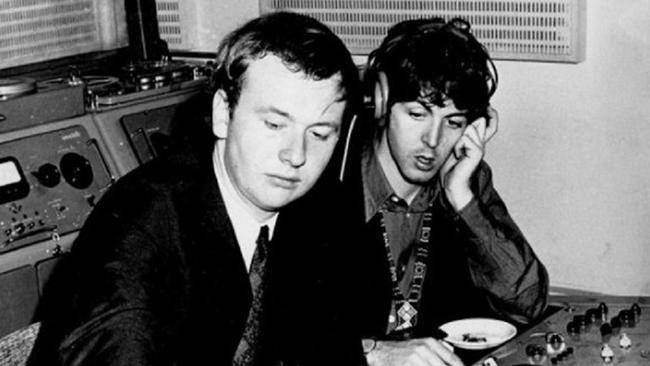
The engineer said that while he had “always imagined having the Abbey Road console in my studio”, the loss of income during the Covid-19 pandemic had forced him to sell it.
Hedges said the apparently cavalier approach to the TG1 was typical of the era.
“It was a strange time in the late 1970s and 1980s. Everyone wanted new technology and Beatles memorabilia had not kicked off. There wasn’t this mania. Now you can sell a Beatles lyric sheet for thousands.
“But I never bought this stuff to make money,” Hedges said. “It is fantastic to get that thing working again, but it has taken me years and cost me dearly,” he said. “If I didn’t sell it I would be bankrupt.”
It is now due to be sold at Bonhams on December 14. The auction house said the “unpublished estimate was a seven-figure sum”.
A TG4 used by Pink Floyd for their seminal Dark Side of the Moon album sold in 2017 for dollars 1.8 million.
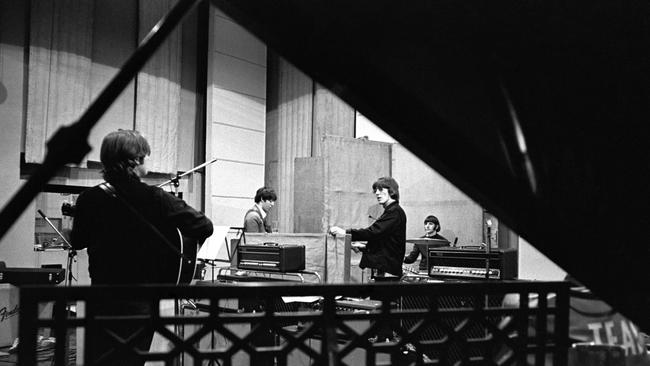
Abbey Road, which has become one of the most famous albums in pop history, was the last studio album the Beatles recorded. The much-delayed Let it Be was released afterwards, but had been recorded earlier.
Hunter Davies, the Beatles’ biographer, describes in Bonhams magazine the atmosphere in the studio in 1969, when all the band’s members knew it was “the end”.
He said that because John Lennon had been in a car crash Yoko Ono ordered a double bed to be installed in the studio with a microphone suspended over his head.
“She would also offer her own comments and suggestions, which did not exactly please Paul.
“It was just one more reason why this album was the end,” he said.
The Times



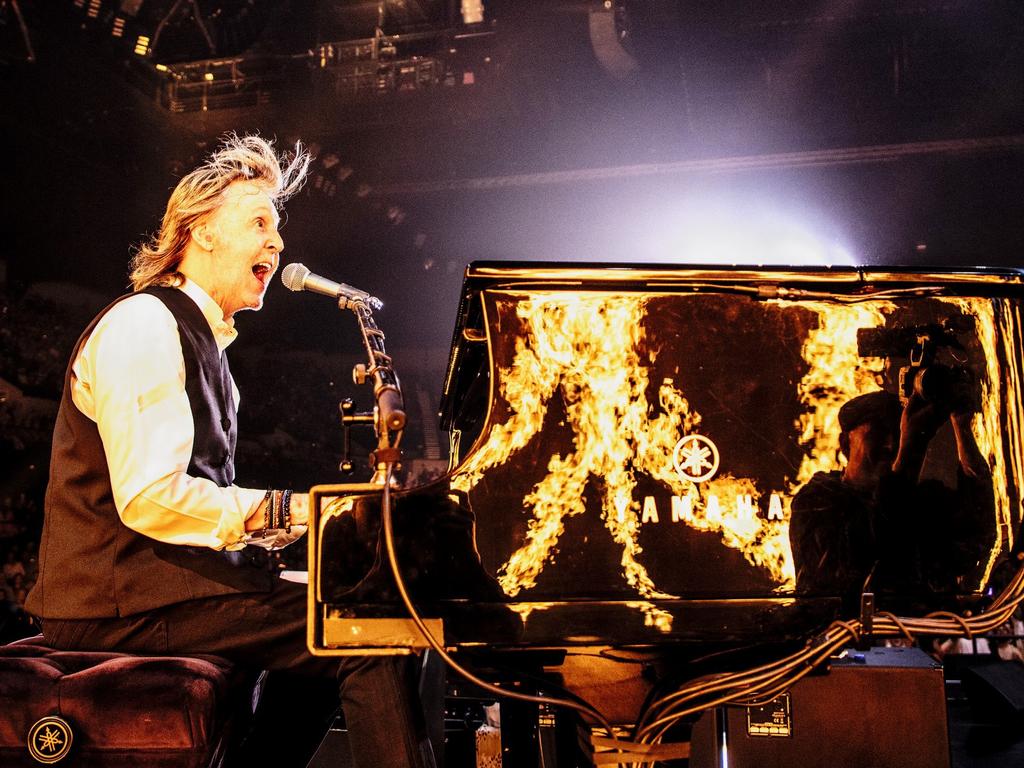

To join the conversation, please log in. Don't have an account? Register
Join the conversation, you are commenting as Logout